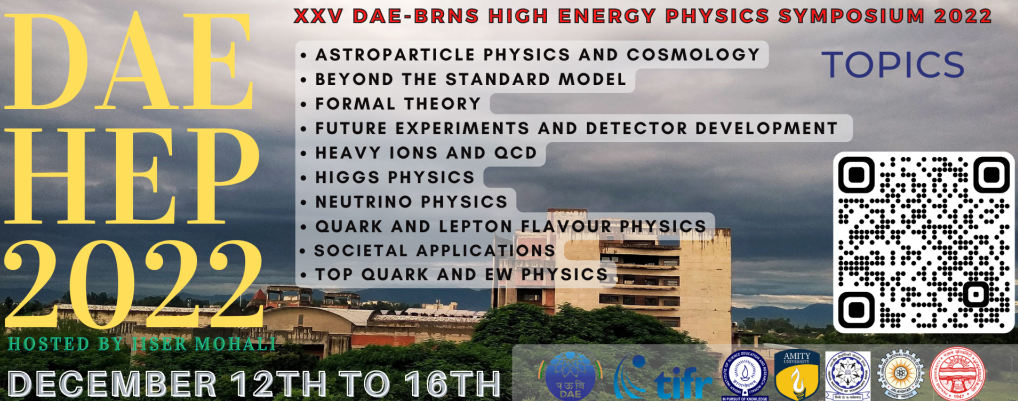Speakers
Description
As a part of its R\&D, the ICAL collaboration has built a small prototype module called mini-
ICAL to study the detector performance, engineering challenges in the construction of large-scale magnet,
magnetic field measurement system as well as to test the ICAL electronics in the presence of the magnetic field. This
detector was also used to measure the charge-dependent muon flux as well as to study the feasibility
of cosmic muon veto for a shallow depth neutrino experiments. The mini-ICAL detector consists of 11 layers of iron plates (dimension
4\,m$\times$4\,m$\times$0.056\,m) with an inter-layer gap of 45\,mm. The RPC (area $\sim$2\,m$\times$2\,m) detectors are inserted
between iron layers.
The characterisation of RPC detectors and its electronics is an important part
of the experiment before looking for physics data and results. Detector efficiencies, position resolution, time
resolution are the major parameters to characterise. In general, the operating potential of this chamber is determined by
the optimisation of the efficiency and noise rate of the device. This optimisation is based on the assumption
that the performance of the device over the whole surface area is uniform. The INO-ICAL experiment is
going to use $\sim$\,30000 RPCs of size $\sim$\,2\,m$\times$2\,m. All the RPCs will have to pass a minimum quality assurance
criteria, but may not be able to maintain a good uniformity over the whole surface area, particularly for the
whole running period of about twenty years. This paper describes our studies on the choice of the optimum operating HV
for an RPC of non-uniform response.
| Session | Future Experiments and Detector Development |
|---|
